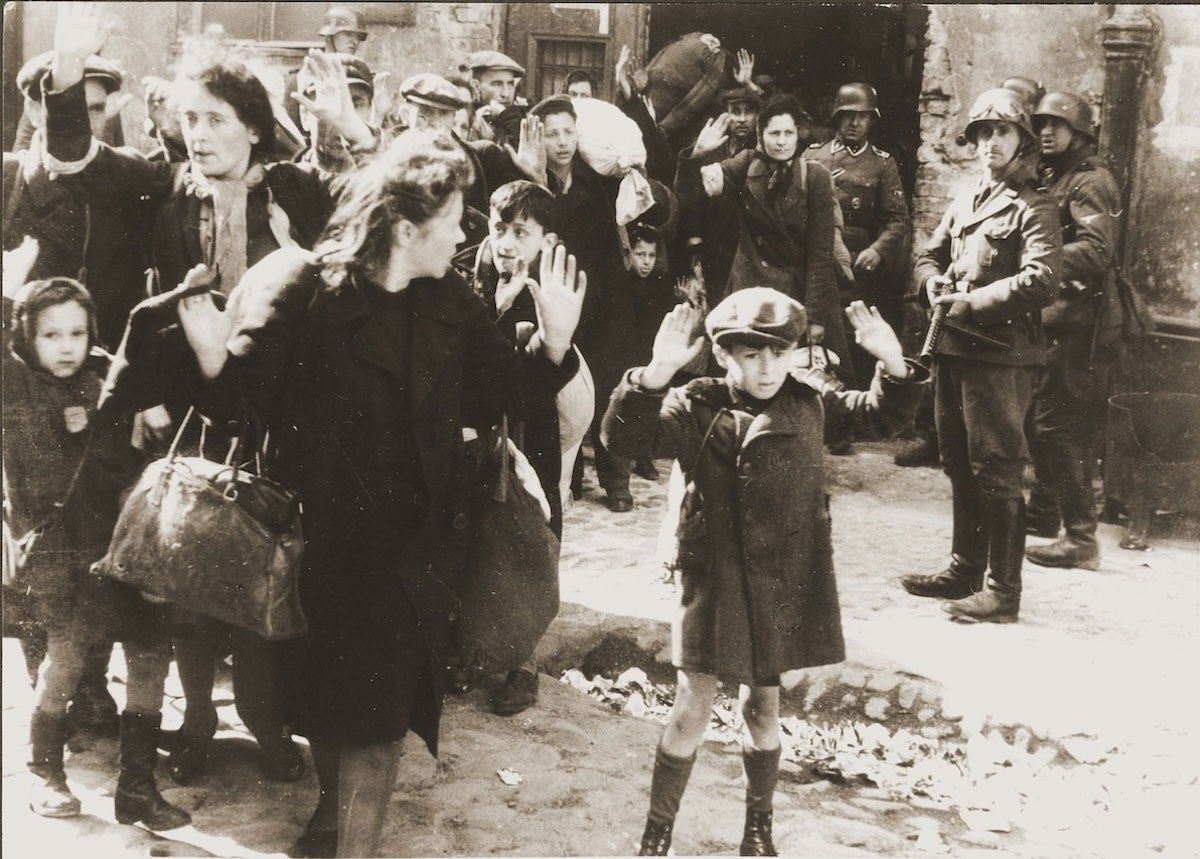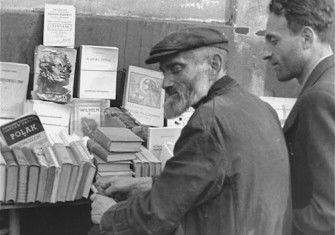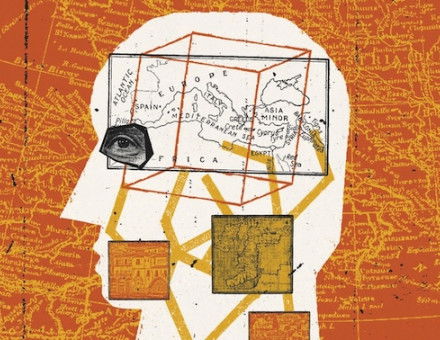The Warsaw Ghetto in Flames
The story of the Warsaw Ghetto Uprising is typically one of defiance against the odds during the Holocaust. But what of those unable to fight?

The Warsaw Ghetto Uprising is one of the events most readily associated with the history of the Holocaust, a focal point of Holocaust commemoration. Even as the war continued, the Warsaw Ghetto Uprising allowed survivors to put resistance, rather than victimhood, at the centre of the Holocaust narrative. Their resistance symbolised strength, defiance and rebirth, a strong message that carried across borders. In the new state of Israel, among those Jews who remained in Poland, and in Jewish communities around the world, the Warsaw Ghetto Uprising was portrayed as part of a struggle for Jewish survival and, more broadly, for human freedom and dignity.







